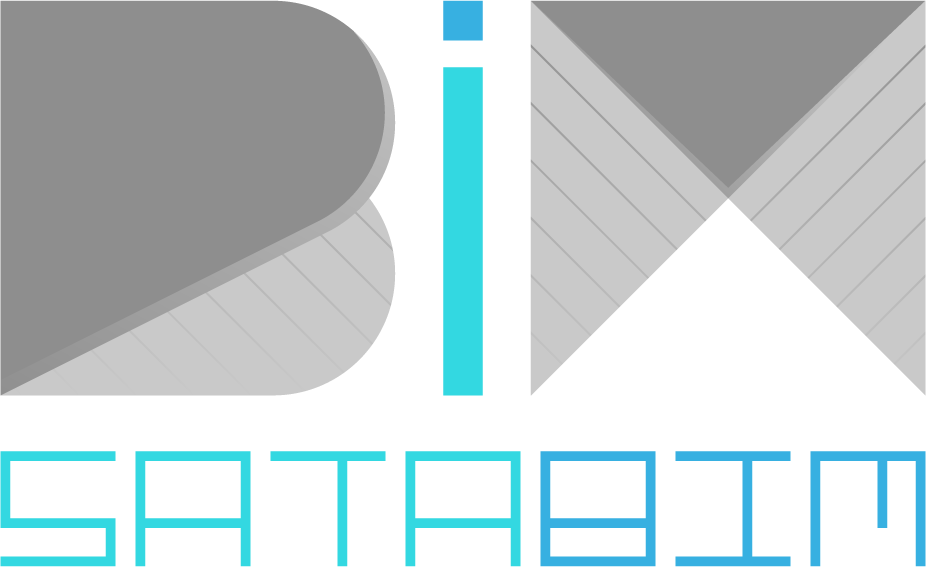
Construction 4.0 in BIM: Revolutionizing the Building Industry
In recent years, the construction industry has witnessed a significant shift toward digitization and automation.
Building Information Modeling (BIM) has emerged as a game-changer, introducing Construction 4.0 methodologies that revolutionize the way projects are designed, planned, and executed. In this article, we will explore the concept of Construction 4.0 in BIM and its profound impact on the construction industry.
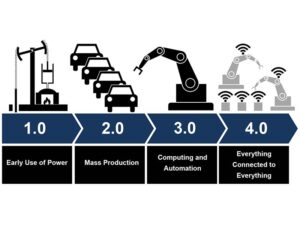
1-What is Construction 4.0?
Construction 4.0 is a term that encapsulates the integration of advanced technologies into the construction process, transforming traditional practices into highly efficient, data-driven workflows. It leverages the power of digitalization, automation, and connectivity to enhance collaboration, productivity, and decision-making throughout the project lifecycle.
2-BIM and its Role in Construction 4.0:
Building Information Modeling (BIM) lies at the core of Construction 4.0. By creating a digital representation of the entire building project, BIM enables multidisciplinary teams to work collaboratively and efficiently. It provides a shared platform for real-time communication, data exchange, and coordination among architects, engineers, contractors, and stakeholders.
3-Key Features and Benefits of BIM in Construction 4.0:
Enhanced Project Visualization: With BIM, stakeholders can visualize the project in 3D, enabling better design comprehension and reducing errors and conflicts during construction.
Improved Collaboration and Communication: BIM fosters better collaboration among project participants, facilitating seamless communication, effective decision-making, and reduced rework.
Facility Management and Maintenance: BIM captures comprehensive data about the building, facilitating efficient facility management, maintenance, and future renovations.
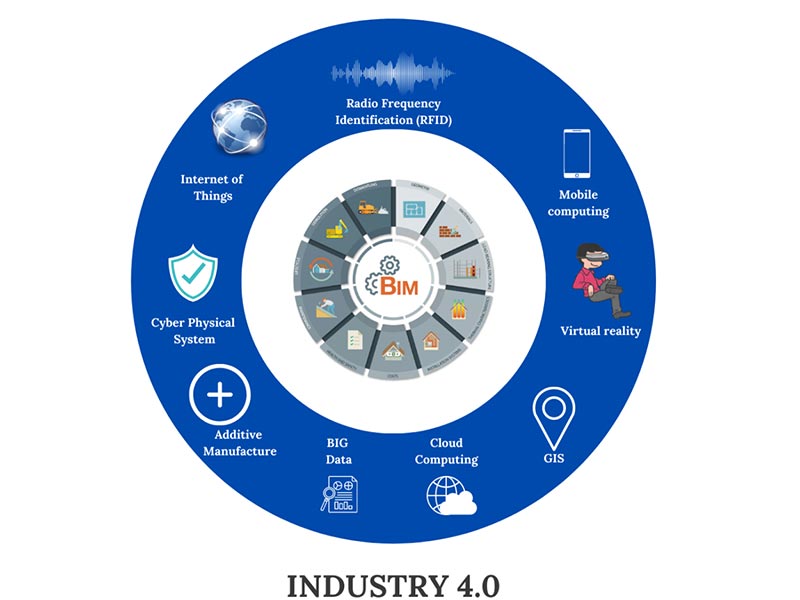
4-Advanced Technologies Empowering Construction 4.0 in BIM:
Internet of Things (IoT): Connecting sensors and devices to collect real-time data, enabling remote monitoring, predictive maintenance, and intelligent building operations.
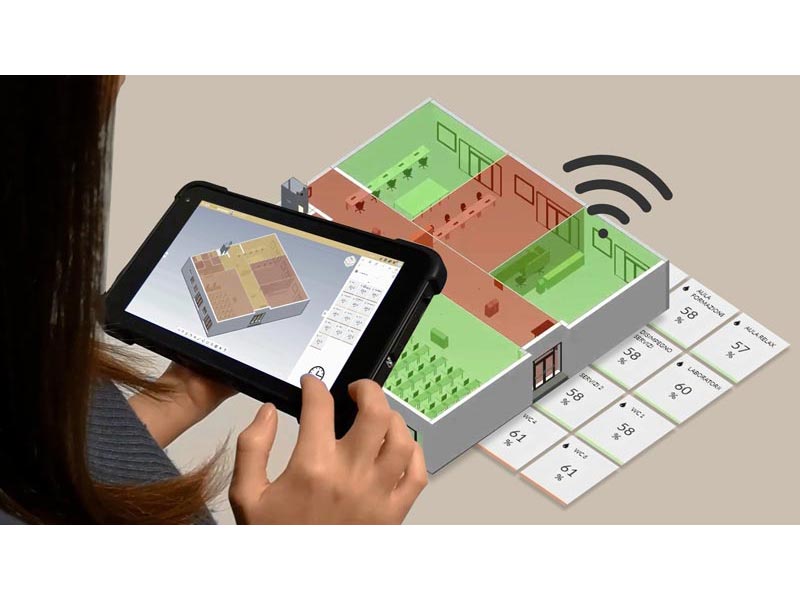
Artificial Intelligence (AI) and Machine Learning: Analyzing vast amounts of BIM data to identify patterns, predict outcomes, optimize designs, and automate tasks like material procurement and resource allocation.

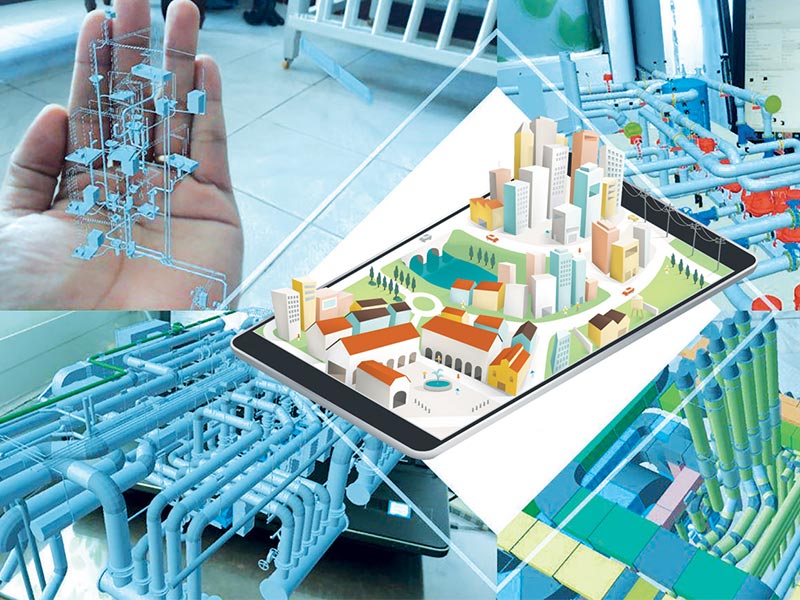
Challenges and Considerations:
a. Data Management: Managing and integrating vast amounts of data generated during the BIM process can be challenging. Establishing robust data management strategies, addressing interoperability issues, and ensuring data security and privacy are critical considerations.
b. Implementation Costs: While BIM offers long-term
benefits, the initial investment in software, hardware, and training can be a barrier for some organizations. Effective planning and cost-benefit analysis are necessary to justify the adoption of Construction 4.0 methodologies.
c. Change Management: Embracing BIM and Construction 4.0
requires a cultural shift within organizations. Change management strategies, training programs, and stakeholder buy-in are essential to ensure successful adoption and implementation.
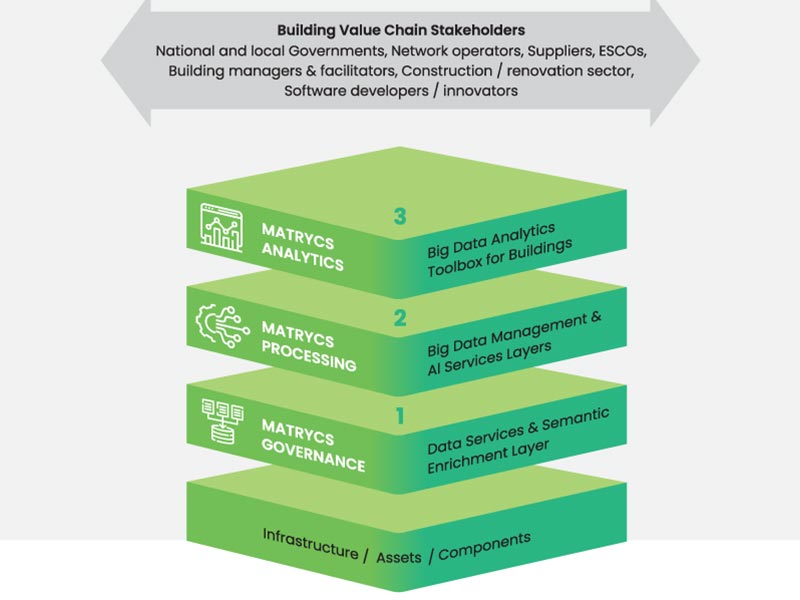
Conclusion:
Construction 4.0 in BIM projects is reshaping the construction industry, fostering innovation, efficiency, and sustainable practices. By embracing BIM and its integration with advanced technologies, stakeholders can unlock the full potential of collaborative design, data-driven decision-making, and optimized project delivery. As the digital transformation continues, construction professionals must adapt, upskill, and embrace Construction 4.0 methodologies to stay competitive in an increasingly digitalized and interconnected world.
Remember, Construction 4.0 in BIM is a rapidly evolving field, and ongoing research, innovation, and collaboration are shaping its future. Stay updated with industry trends, attend conferences, and engage in professional communities to stay abreast of the latest developments.
